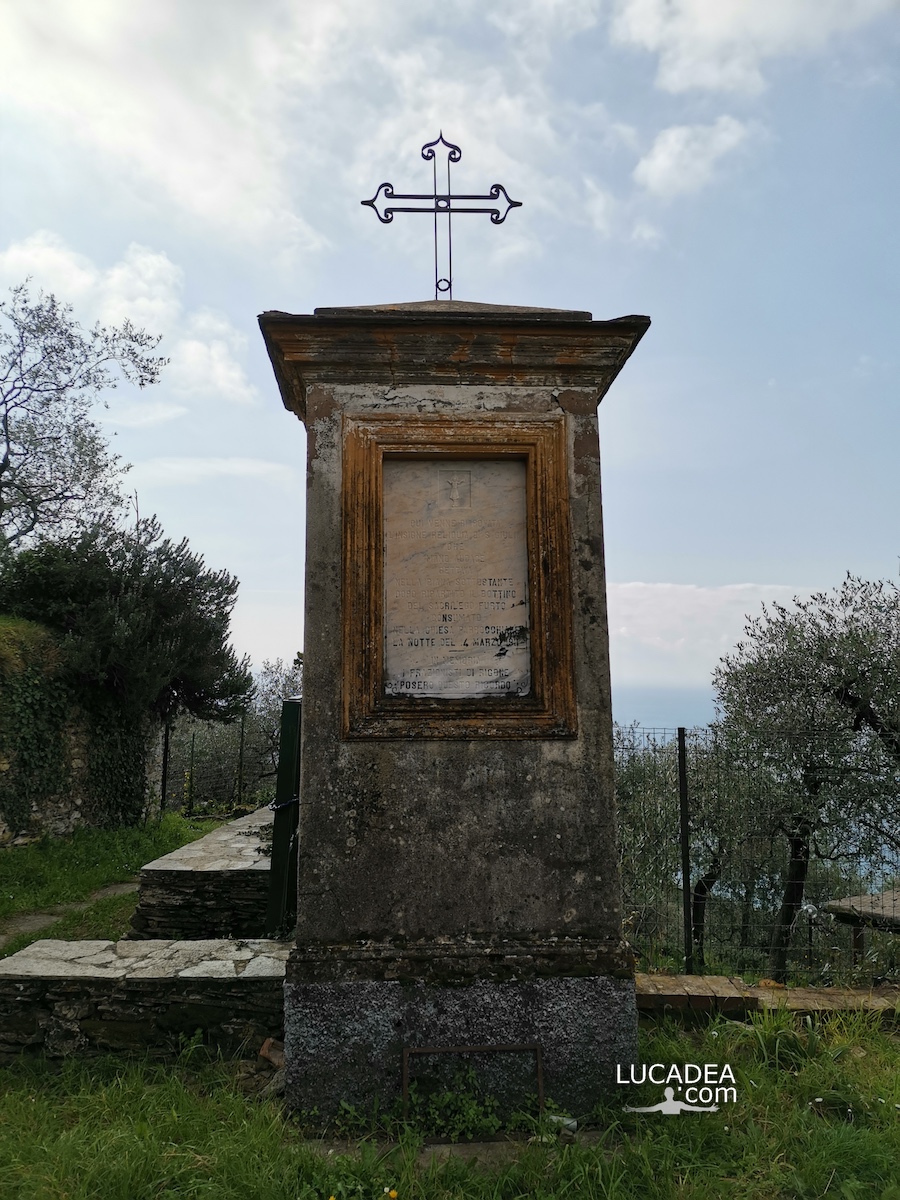The house where Giovanni Descalzo was born in Sestri Levante.
In Corso Colombo, one of the central streets of Sestri, there is the house where the poet Giovanni Descalzo was born.
On the facade of the building a plaque reads:
In questa casa
nacque
GIOVANNI DESCALZO
popolano di eletta nobiltà
tempra costante al dolore
poeta nelle opere e nella vita
per virtù d’anima e d’ingenio
salito alle armonie dell’arte
e della fraternità umana
1902 – 1951
Have you ever noticed this license plate?
Add your own comment or go to the bottom of the site to read what other visitors have written.
Photo taken with Canon EOS RP and lens Canon EF-S 10-18.
Where is the house located:
Sailor, fisherman, farmer, worker at the Fabbrica Italiana Tubi and finally municipal employee, he is the author of novels (Esclusi, 1937 and Tutti i giorni, 1950), lyrical prose (Interpretazioni, 1933) and, for newspapers and magazines, hundreds of stories (many of them for children), articles and travel reports sometimes collected in volumes (Sotto copertina, 1933; La terra dei fossili vivere, 1938; Scogliere, 1940; Santuari, vallate e calanche della Liguria orientale, 1941; Le cinque terre, 1943 and Ai quattro venti, 1943). From 1930 until the last days of his life he kept a diary of which the initial part relating to the years 1930 and 1932 has been published, at the initiative of the Municipality of his city.
Continue and learn more on Wikipedia















